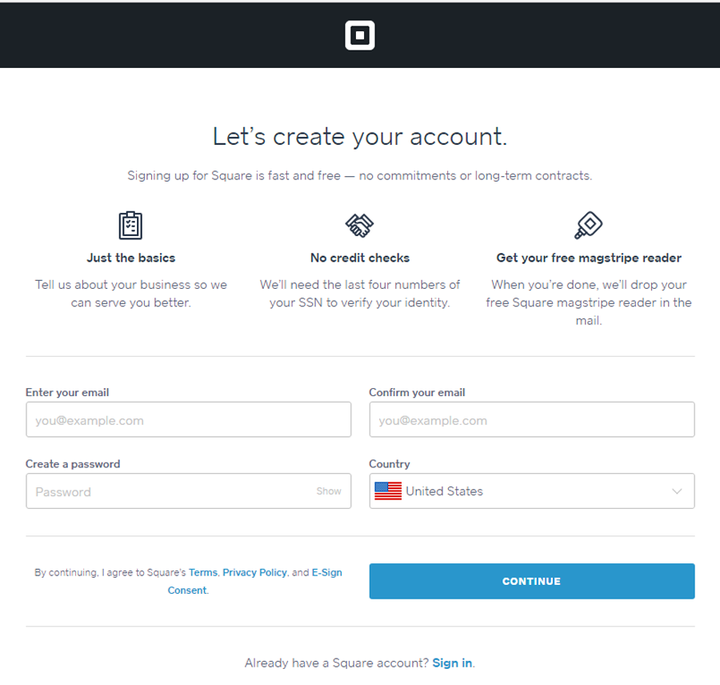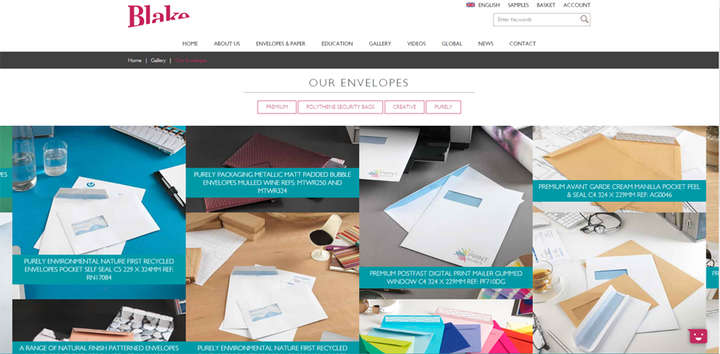
You may have a beautiful website, but is it performing as well as you’d like it to? There’s more to website design than just good looks -- your site needs to convert visitors to leads. If you want to ensure your website is converting as many users as possible, you need to be doing A/B testing.
A/B testing involves comparing two versions of a webpage to one another in an effort to identify the highest performing version. The winning version of the test can then be implemented permanently, resulting in an increase in conversions on your site.
B2B companies have complex audiences -- the visitors to your site may, more often than not, not be final decision-makers, but they’re still gatekeepers and you need to identify the best ways to appeal to them. A/B testing will help pinpoint meaningful site improvements that can help you better connect with your audience. Here are 5 ways you can get started A/B testing on your website.
1 - Messaging
How do you speak to your users about your services or products? How do you communicate your value as a company? These are components of messaging and they’re key to the success of your website. Effective messaging has the power to convince a user that they’ve come to the right place, and that the solutions you’re offering are the ones they need. Poor messaging can cause confusion, apprehension, and site abandonment.

Testing your messaging will allow you to know with confidence whether the way you’re speaking to your audience is effective. Main messaging on B2B websites often lacks specificity and can leave users unsure of exactly what your company does. This is a great opportunity to test various main messages and value propositions against one another. You can also test things like call-to-action text. There might be a difference in performance, for example, between “see more” vs. “learn more”.
2 - Contact Forms
The goal of most B2B websites is to generate a lead via a contact form. That means that your contact form is one of the most important elements of your website. The contact form is also a place where problems might be hiding. Users are likely to abandon the form if it’s too long or requires information they aren’t prepared to give. You can test ways to make the form shorter -- by combining fields if possible, or by eliminating those that ask for information that isn’t strictly necessary. You can also experiment with developing clear messaging on the form about what will happen once the user submits it. Can they expect to receive a call from a salesperson? If so, in what timeframe?

3 - Personalization
Personalizing your website content to specific user groups is a way of making it more relevant, and thus more interesting. Users who are more engaged with your website content are more likely to turn into interested prospects and later into valuable leads.

Personalization, though, is a tough nut to crack. There are probably dozens of different ways you could find to personalize your website content, but it’s unlikely that all of them will net positive results. A/B testing some options will allow you to identify personalization factors that make a difference with your users. For example, you can test a personalized experience for returning website visitors. Is there content that users who are deeper in the research process tend to search out? You can test tailoring your homepage to include easier access to that content.
4 - Imagery
The written content of your site is important, but what about the visual content? It plays a significant role in conveying both the personality of your brand as well as the jist of the services or products you sell. Imagery can have a big impact on conversions. Compelling imagery will entice users to explore further. But flat or tired imagery might be turning people off and giving them a negative impression of your brand.

If you’re using stock photography, try testing the use of photos that features real employees or customers. What happens when you lead with a product photo vs. a photo of people or vice-versa? If all your imagery is still photography, test the implementation of cinemagraphs or custom illustrations to add movement and vibrancy to your site.
5 - Navigation
Navigation is the thing that enables users to find the content they came to your website in search of, so it’s crucial that it function properly. You can test the items in your main navigation, as well as the placement and ordering of sub-navigation items. You can also experiment with mega-menus that contain visual components, such as illustrations of product or service categories.

Another great way to test improvements to your navigation is to focus on the way navigation elements are worded. Do you refer to products and services in ways that make sense to users? Or are they confused or put-off by your language? Look for clarity in the way navigation elements are described and test different word choices to find the most effective ones.
The best way to approach A/B testing is as an ongoing, iterative process. Don’t think of your website as a static work of art -- think of it as something that should be continuously evolving. You can use A/B testing to test hypotheses about site improvements and to find out for sure whether an element of your website is working for your users. These tests will allow you to improve your website performance over time, resulting in more leads at a lower overall cost.